
Its been ages since I posted anything here. No excuse except that life got in the way.
So, last time I was here we were working with Sejima. some good projects emerged, though nothing as interesting as might be expected.
Part of that is a reflection on how our school works. We run the entire campus, regardless of faculty, on this idea called project-based education. Which means our students are asked to build, make or design real things for real people, and are not as motivated to write essays - and to be honest, studio is a bit of a challenge too, especially if its abstract. I'll get into that some other time if anyone is interested as its a bit complicated, all part of the difference between design education in Japan and other parts of the world
In the meantime I wanted to show some of the work our students did in the Shigeru Ban studio this winter. I had nothing to do with this one, but to get to my office I need to walk through their work most mornings, and its pretty fun, all in all.
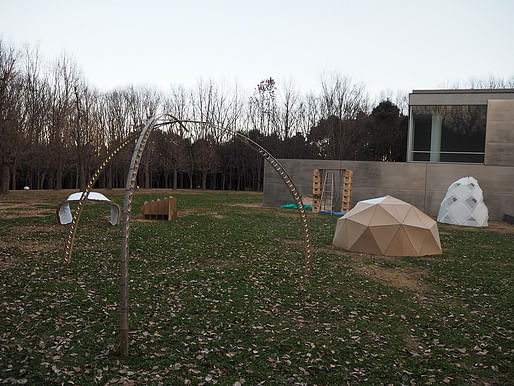
For me it's also interesting because when I saw the work I came to understand that the way Shigeru Ban works is perfect for this school. He was a professor here for years before he won his Pritzker, and then took a break, but his humanitarian work is strongly connected to the way our program is set up. It really clicks. Students have to build, and they tend to go out of the campus to do so. We are literally all over the place, working in Nepal, Myanmar, the Philippines, or wherever the professors think we might make a bit of a difference. In a way Ban's career is built on what the program offered. I can see now that he also really understands how to combine studio with those ambitions. A good lesson for me, as I try to work a way around the expectations I have accumulated through my training in the West til now.
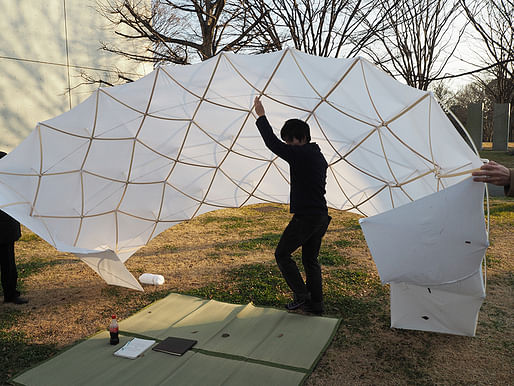
So, about the studio. Students were asked to do something they are very comfortable with - build a 1:1 structure that a person could sit inside. The limitation is that they have to come up with a viable structural system using nothing but common materials we might find laying around. Paper cups, coat hangers, chains, paper, clothe, egg cartons, and of course cardboard.The output is fun. The students had to work out through trial and error (a lot of error) ways to make weak materials stand up. Its a good assignment. It looks like some of these will be used later on in future projects too, so the value is not limited to this class.
The approach is very smart. More radical proposals might have been possible if the students worked in larger groups rather than as individuals, but then the lessons would have been more limited and the breadth of work limited to just a few ideas. From what I can see the students all took a lot from each others efforts and I think that is something they will build on. That there is no discussion of program is also interesting. This is about finding potential in the everyday rather than building a perfect building - an important lesson if our goal is to encourage students to think more about how to build amazing places through the process of construction. Its a step away from the fixation on program that is so very popular today as well. That's a good thing.
testing gaudi - with chains and resin
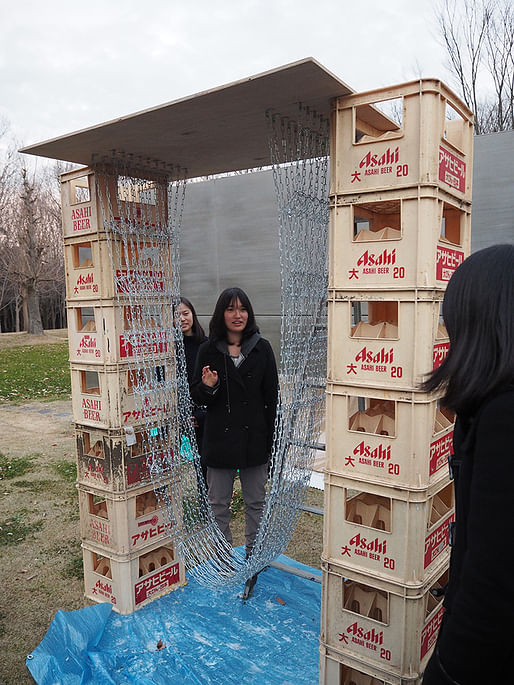
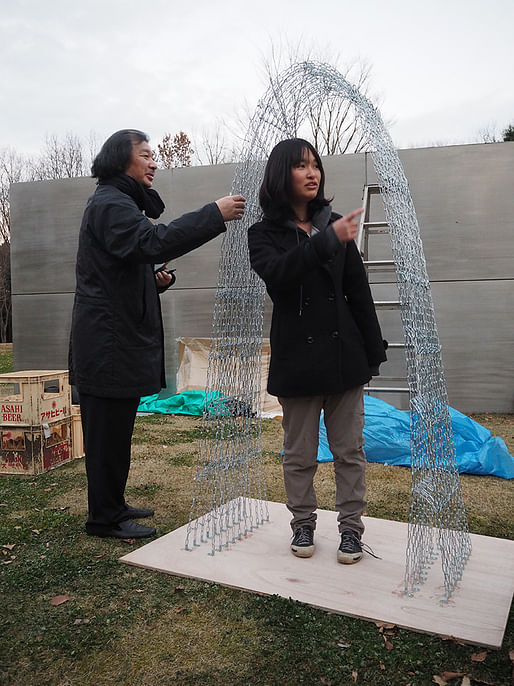
transformable shapes
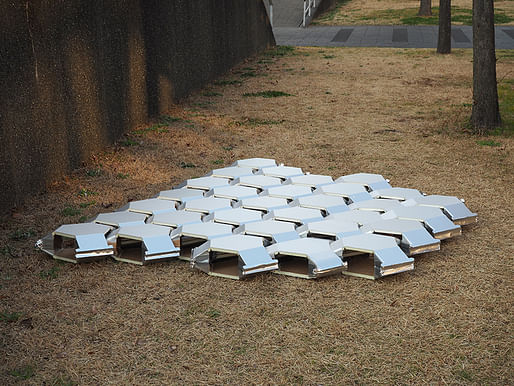
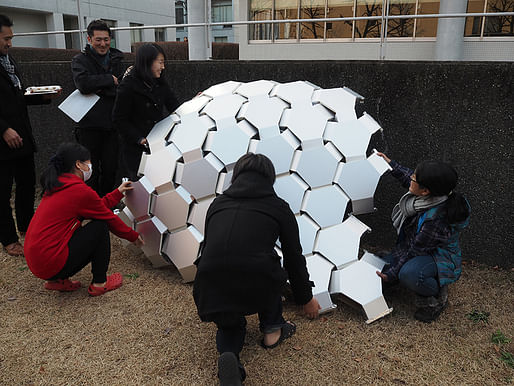
clothes hangers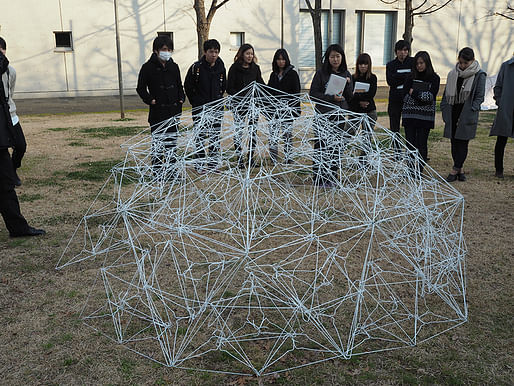
egg carton tensegrity
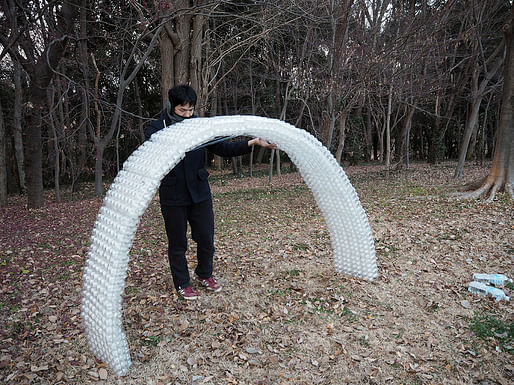
paper cups
bamboo truss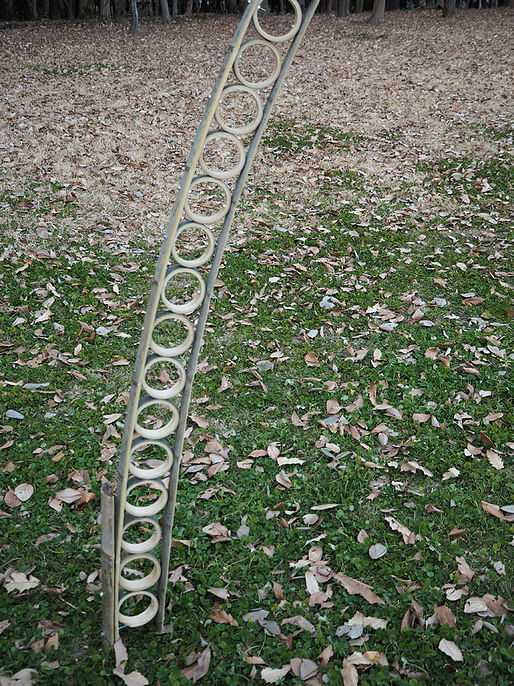
plastic sheets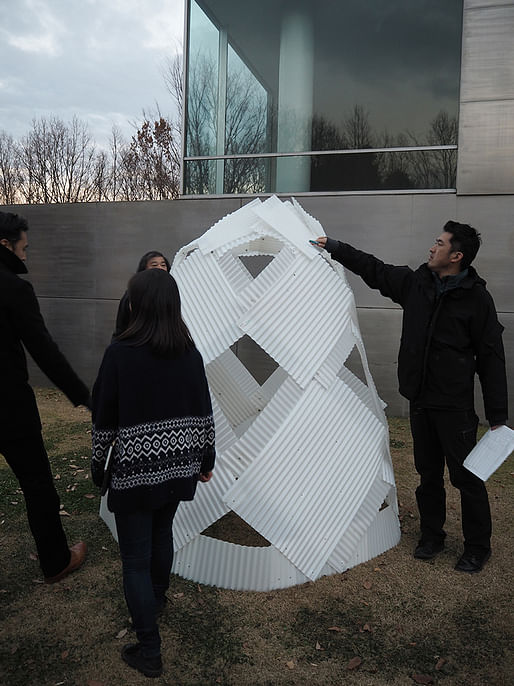
keio university's architecture program is probably the best kept secret in the country. Hidden away on a campus an hour from tokyo the curriculum is wide open and connected to a campus-wide project aimed at community-driven innovation. students of economics can take courses in architecture and vice versa but we all are expected to take part in real projects somewhere in the world. there are a few starchitects on the faculty but mostly we are hoping to make a difference.
1 Comment
Great to see you posting again! Looks like a fun studio!
Block this user
Are you sure you want to block this user and hide all related comments throughout the site?
Archinect
This is your first comment on Archinect. Your comment will be visible once approved.